Will a Chimney Sweep Leave a Mess in My House?
The soot and creosote inside a chimney flue have the potential to make a big mess during chimney cleaning. To avoid any kind of worst-case scenario, hire a professional chimney sweep company with a record of positive customer reviews. CSIA-certified chimney sweeps have the training, experience, and equipment to perform chimney cleaning in a way that protects your home interior and leaves it as clean and neat as when they arrived.
 How to Prepare for Chimney Sweeping Services
How to Prepare for Chimney Sweeping Services
The entire chimney sweeping process can take between 20 minutes to about an hour. Homeowners are asked to prepare the area before chimney professionals arrive. When prep has been done, chimney sweeping services go more quickly.
The following are some of the ways to ensure that your fireplace is easily accessible and none of your belongings are accidentally damaged as the work is being performed:
- Move décor from the fireplace area
- Remove breakable items from the fireplace mantel and hearth area, as a precaution
- Pull furniture away from the vicinity around the fireplace
- Cover the furniture, just in case
- Provide clear access from the entryway to the fireplace and chimney
How Does a Chimney Sweep Control the Mess?
Chimney professionals use plastic, a drop cloth, and an industrial-strength vacuum designed for chimney sweeping to help prevent the messy work to be performed from affecting your home interior. Between the soot, ashes, burned logs, and creosote being removed from the flue, it is a dirty job.
 Chimney Sweeping is a Vital Service
Chimney Sweeping is a Vital Service
Chimney cleaning helps to keep your home and family safe, especially when you have a wood-burning fireplace or stove. Creosote is a tar-like, highly flammable combustion by-product that sticks to the chimney flue every time you light a fire. Chances of a chimney fire igniting increases as creosote in your chimney builds up, layer after layer.
The Chimney Safety Institute of America (CSIA) recommends that homeowners schedule chimney sweeping services when at least 1/8” of creosote is in the flue. With nearly that amount of creosote at the beginning of winter, however, waiting for chimney cleaning could mean wintertime chimney sweeping is needed. This is fine, though it may require a brief interruption in the use of your heating appliance when you need it most. Because chimney professionals are often more in demand in wintertime, chimney sweeping services can be difficult to schedule at a time most convenient for the customer.
The fire safety experts at the National Fire Protection Association (NFPA) recommend that homeowners schedule annual chimney sweeping—regardless of the amount or complete lack of creosote buildup. It makes good sense to schedule both chimney cleaning and the recommended annual chimney inspection in spring or summer. Chimney professionals have less hectic schedules in warmer months and if chimney repairs are needed, there is time to complete them before cold weather returns.
If you live in Connecticut, Northeastern Chimney LLC is the place to call for reliable chimney sweep services and has been since 1984. Our CSIA-certified chimney sweeps at Northeastern Chimney provide quality chimney cleaning, chimney inspections, chimney repairs, masonry rebuilds, and all of the chimney services you might need—all with a 5-star guarantee. Schedule an appointment with us today by calling 860-233-5770.
This post first appeared on https://www.mychimney.com

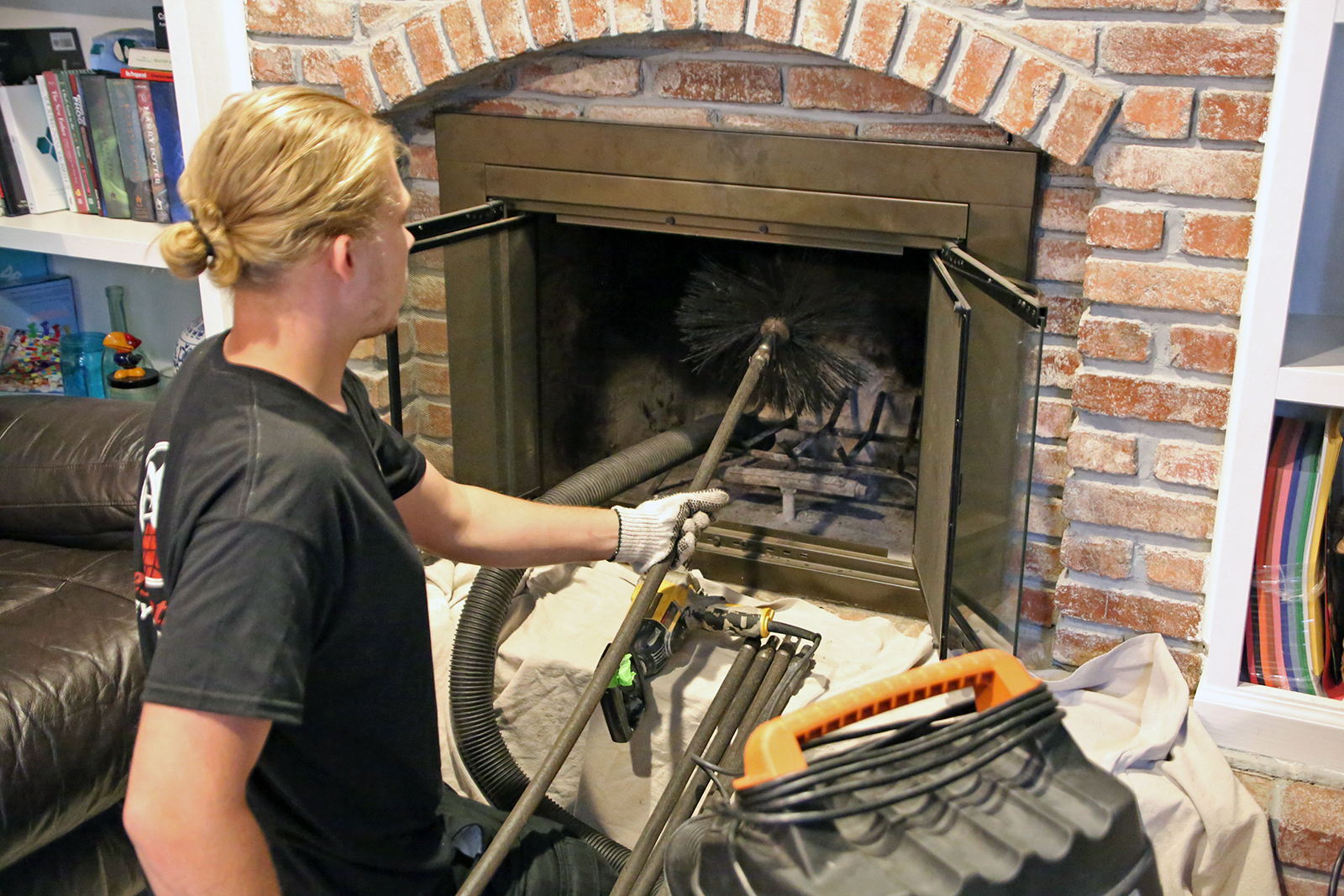 Chimney cleaning 101
Chimney cleaning 101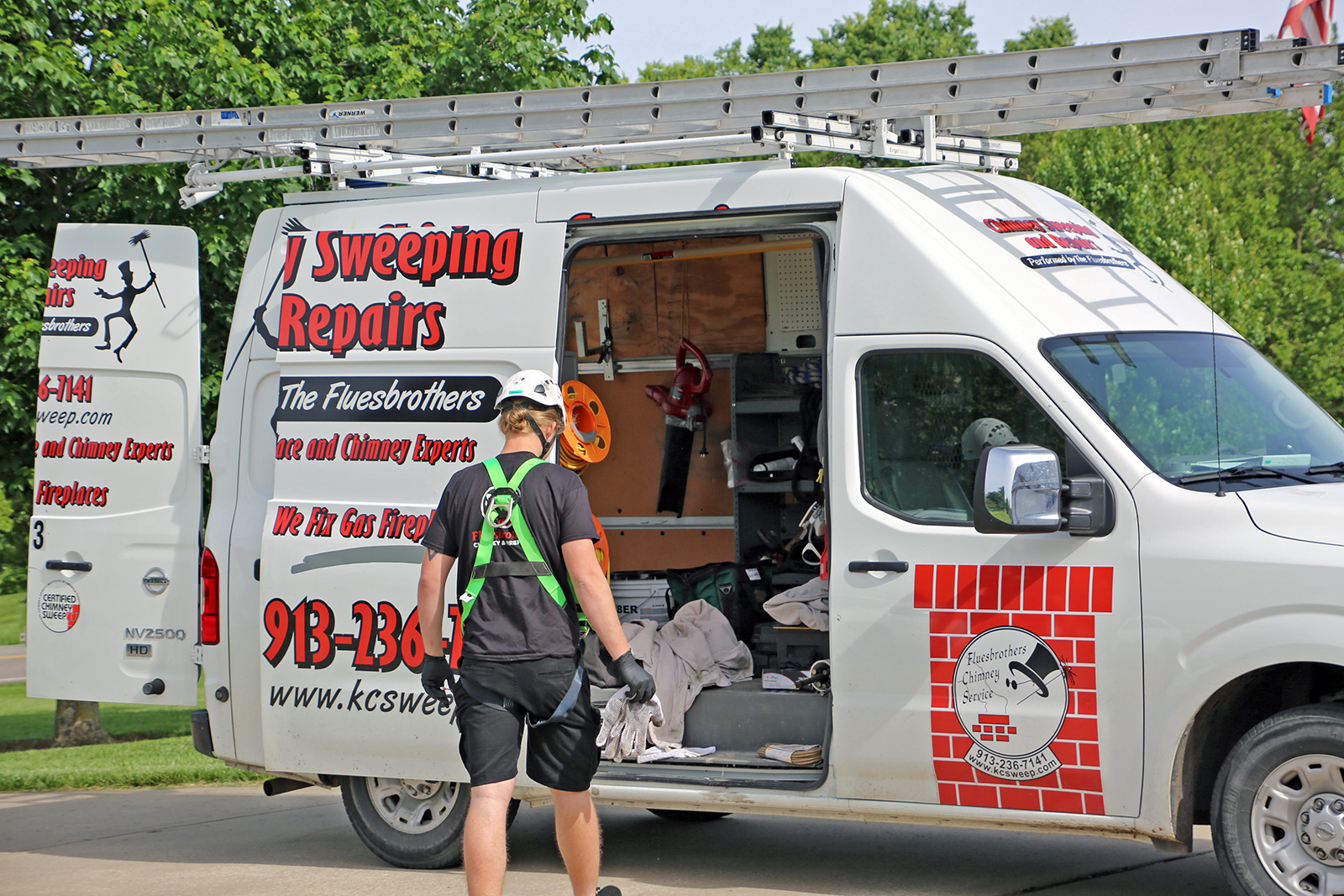 How you can help the chimney cleaning process
How you can help the chimney cleaning process Chimney sweeps often have more scheduling flexibility during spring, summer, and early fall. When the cold weather hits, it seems like everybody jumps on the bandwagon at once to schedule cleanings and inspections. It’s a lot easier and safer for chimney technicians to perform outside repair work during nice weather. Chimney repairs that involve mortar compounds (tuckpointing, smoke chamber parging, crown rebuilding, etc.) can be done better and faster before the cold of winter sets in.
Chimney sweeps often have more scheduling flexibility during spring, summer, and early fall. When the cold weather hits, it seems like everybody jumps on the bandwagon at once to schedule cleanings and inspections. It’s a lot easier and safer for chimney technicians to perform outside repair work during nice weather. Chimney repairs that involve mortar compounds (tuckpointing, smoke chamber parging, crown rebuilding, etc.) can be done better and faster before the cold of winter sets in. Certified chimney technicians perform all CSIA-recognized levels of chimney inspections. The basic inspection you should schedule once a year includes an examination of all visible areas of the chimney/fireplace system including the structural masonry, chimney cap/chase cover, chimney crown, roof flashing, firebox and more. Annual chimney inspections let you get on top of early signs of damage or malfunction and have them fixed before extensive – and expensive – repair work is needed.
Certified chimney technicians perform all CSIA-recognized levels of chimney inspections. The basic inspection you should schedule once a year includes an examination of all visible areas of the chimney/fireplace system including the structural masonry, chimney cap/chase cover, chimney crown, roof flashing, firebox and more. Annual chimney inspections let you get on top of early signs of damage or malfunction and have them fixed before extensive – and expensive – repair work is needed. Here are four reasons to
Here are four reasons to  CSIA-certified chimney sweeps perform two primary jobs:
CSIA-certified chimney sweeps perform two primary jobs: What is the Stack Effect?
What is the Stack Effect? Contact Northeastern Chimney Today
Contact Northeastern Chimney Today
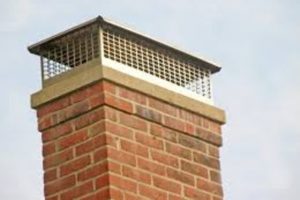
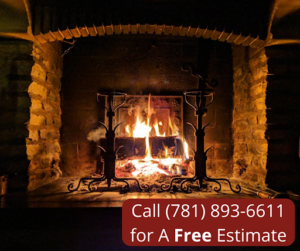
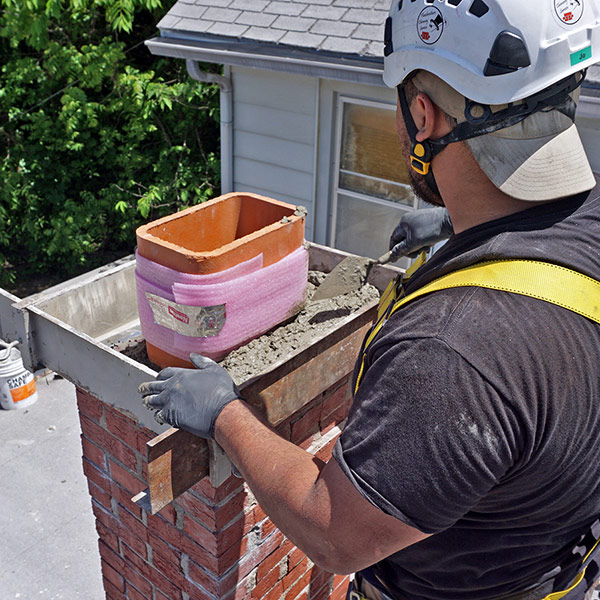 Leaky chimney
Leaky chimney
